Nmcn confirms another delay in releasing results
Nmcn will miss its latest deadline to publish delayed results which are necessary to secure a refinancing deal.
The contractor released its latest refinancing time frame last month which involved publishing a prospectus by November 1 which would require results for the year to December 31 2020 being signed-off before then.
But the firm issued an update on Friday afternoon confirming it will miss the deadline.
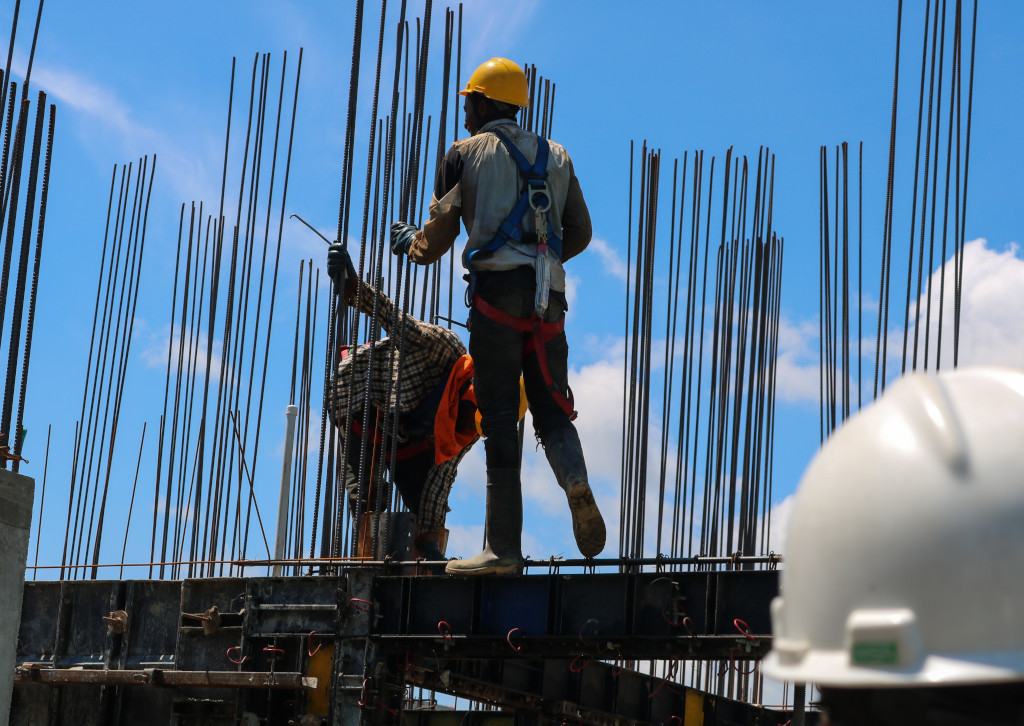
Nmcn said: “Further to the announcement of 24 September 2021, the company has been in intensive discussions with regards to completing the preparation of the group’s annual report in respect of the financial year ended 31 December 2020.
“As a result of these discussions, it has become apparent that the group will be unable to approve the audited financial statements within the extension period set out in the company’s announcement on 24 September 2021.
“The company will make a further announcement as appropriate.”


Did you miss our previous article…
https://www.arizonasolarsociety.com/?p=764
Union raises safety fears over HS2 site
Construction union Unite is raising safety concerns after it claims a spate of serious accidents have hit the HS2 section being delivered by the Skanska/Costain/ Strabag (SCS) joint venture in London.
The union has been involved in a long running dispute with the contractors over worker representation on the job where it said Unite officials are not allowed “to freely speak to workers during their breaks in its welfare facilities.”
Recent alleged accidents include a worker suffering arm injuries after clay fell from height onto them, a lorry overturning into a ditch, a skill saw blade came off its mooring, a hammer breaking a worker’s wrist and a digger bucket hitting a worker’s foot.

Unite national officer for construction Jerry Swain said: “Workers operating on the Costain/Skanska/Strabag joint venture, will be rightly worried and concerned for their safety.
“This project is crying out for union safety reps who play a unique role in protecting workers and preventing accidents.”
An HS2 Ltd spokesperson said: “The safety of our workforce and the public is HS2’s number one priority. We have an open and transparent reporting culture, and all health and safety incidents are fully investigated, key learnings and actions for HS2 and our contractors identified, and these are then shared across the project.

“All those who work on HS2 have the right to go home unharmed, and we continue to work with and challenge our contractors to provide the highest levels of health and safety standards.”
An SCS JV spokesperson said: “The health and safety of our teams and the public is always SCS’s first priority and we have offered Unite access to our sites, which exceeds levels usually seen across the industry.
“This enables them to meet our team at inductions, work sites and our welfare area. We first offered this to Unite in 2018 and on numerous occasions since.
“We continue to make contact with them to reiterate this offer as we seek to maintain an open dialogue with Unite and to allow them to carry out their activities. To date they have not taken up this offer, however it remains open to them.”

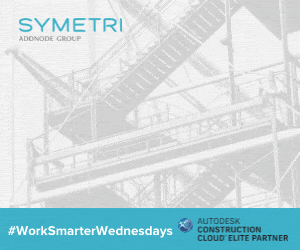
Track workers dive clear from train after safety blunder
Two track workers had a near miss from a passenger train following a mix-up over line possession.
A Rail Accident Investigation Branch report into the incident in July detailed the circumstances behind the near miss at Eccles station.
The workers were on the westbound track in the early hours under the protection of a line blockage organised by the Controller of Site Safety (COSS).
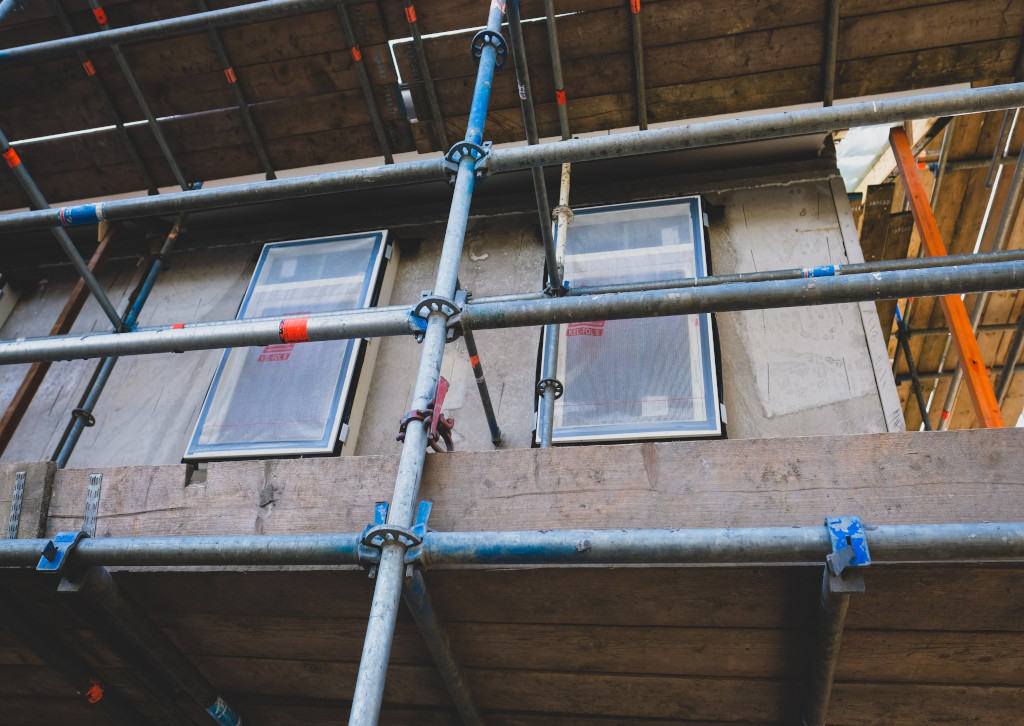
The pair had been standing on the track to paint a white line along the edge of Platform 2 and had just been told to stop work and were preparing to leave the track when an empty passenger train approached on its way to the depot.
The driver spotted their reflective clothing and sounded his horn. They jumped clear with seconds to spare as the train passed at 69 mph.
The incident occurred because the COSS had given up the line blockage before informing the track workers that they had to move clear of the line and making sure that they had done so.

The work on the platform was being undertaken on behalf of Northern Trains Ltd, the operator of Eccles station. It was contracted to TMT Commercial Contractors Ltd, who planned the white-lining task and employed the track workers.
TMT Commercial Contractors Ltd subcontracted the provision of safety-critical staff and the planning of the safe system of work to Trackwork Ltd. The COSS was a contractor who was supplied to Trackwork Ltd by an agency, Spectrum Rail Ltd. He had been certified as competent to undertake the role of COSS for approximately ten years and regularly acted in the role.
The COSS was also the nominated Person In Charge and therefore had overall responsibility for safely delivering the work.
For a full report into the incident click here.

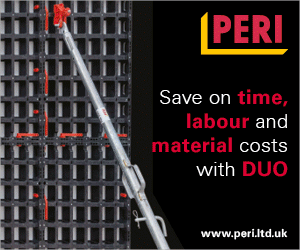
Did you miss our previous article…
https://www.arizonasolarsociety.com/?p=752
Construction arm loss drags on Eric Wright profit growth
Eric Wright Group battled through the pandemic to deliver a 24% rise in pre-tax profit to £9.5m last year despite also wearing ongoing small losses at the construction arm.
Overall group turnover decreased from £223m to £204m, with construction accounting for most of the fall as revenues at the business dropped 28% to £81m.
Losses at the construction arm were contained to £650,000 last year, improved from losses of £2.8m in 2019 and £2.5m in 2018.

The construction business entered 2021 with clear books after negotiating away further commercial risk on two loss-making contracts.
It is now run by John Hartnett, who was promoted to managing director at the start of this year, and is back on track to return to profit this year after a strategic decision now to avoid risky single-stage design and build jobs.
Profits at the group, which now employs nearly 700 staff, were largely driven by continued growth of commercial and residential property, and a resilient performance from water and FM operations.
Group managing director, Jeremy Hartley said: “The strength of our underlying business and the commitment and determination of all our staff has enabled us to trade through the pandemic and look to the future with a cautious optimism.”
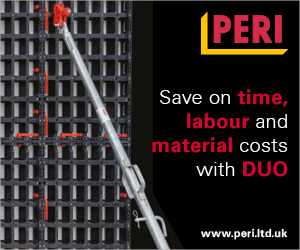

Did you miss our previous article…
https://www.arizonasolarsociety.com/?p=747
Worker paralysed in Watford stadium concrete floor collapse
A contractor has been fined after a worker was paralysed after falling 11 metres down a stairwell at a football stadium when the concrete floor he was working on collapsed.
Peterborough Magistrates’ Court heard that on 14 June 2016, workers were constructing a new hospitality and seating stand at the stadium of Watford Football Club.
The concrete floor and associated formwork collapsed causing a number of workers to fall.
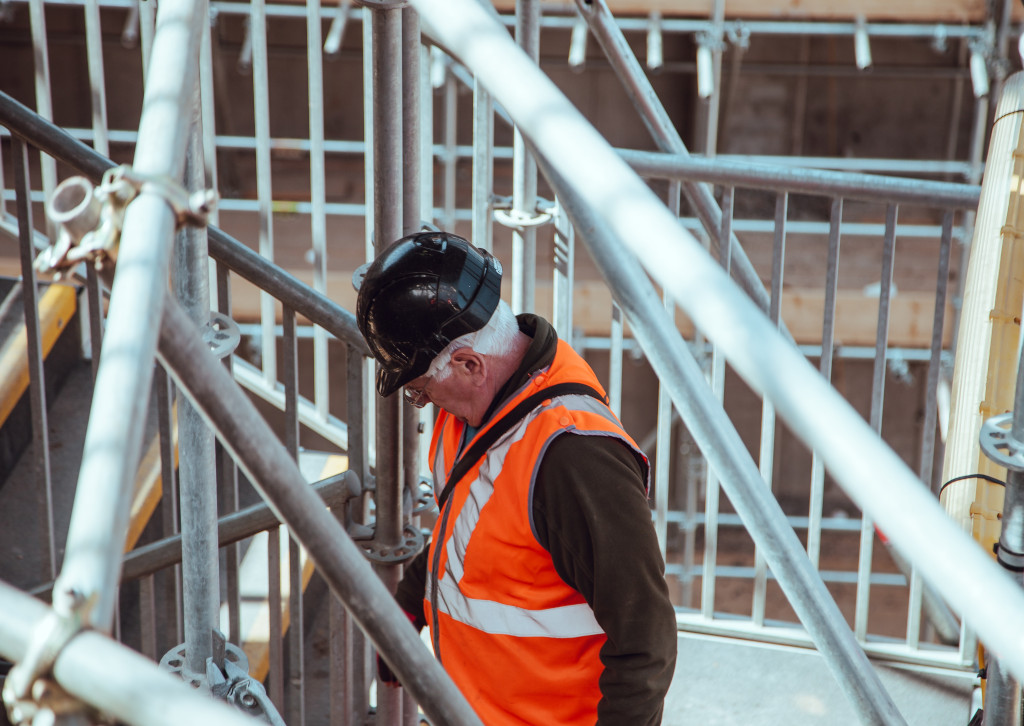
Most of the workers were able to cling to the structure to escape serious injury but Ashley Grealish fell approximately 11 metres down the mouth of a stairwell to the basement below sustaining multiple injuries including spinal damage, which caused permanent paralysis from the waist down.
An HSE investigation found that the company’s temporary works management system was lacking.
The contractor should have had a suitable design for the temporary works taking proper account of the vertical load and the need for horizontal stability.

There should also have been a robust system to check the temporary works were properly installed and thoroughly assessed before starting to load it with the wet concrete to form the floor slab.
ECS Groundwork Ltd of St Albans pleaded guilty to breaching CDM regulations and was fined £40,000 and ordered to pay costs of £14,505.
Speaking after the hearing, HSE inspector Rauf Ahmed said: “The injuries suffered by Mr Grealish are life changing and the incident could easily have been fatal.

“This serious incident and devastation could have been avoided if the company had planned a safe system of work to prevent the support system used to cast the concrete floor from collapsing.”
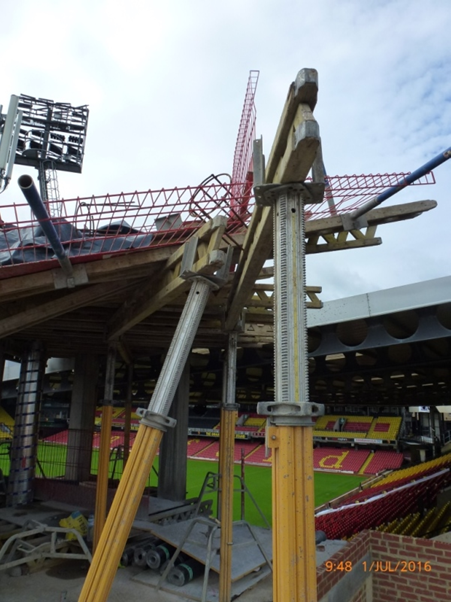
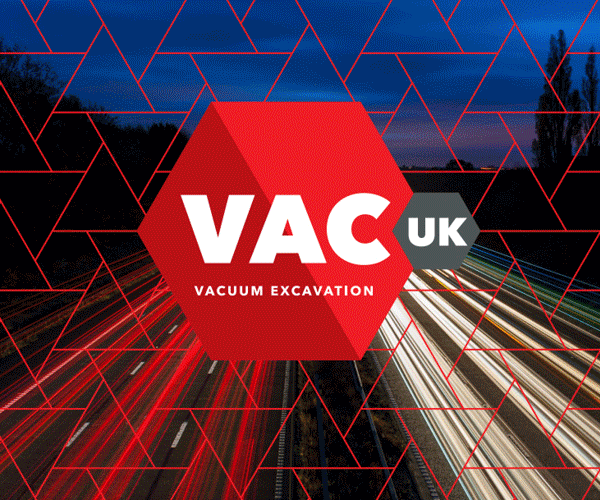

Did you miss our previous article…
https://www.arizonasolarsociety.com/?p=739
Behind the Build: Interview with Troy Mayner, Vice President, Scott-Long Construction
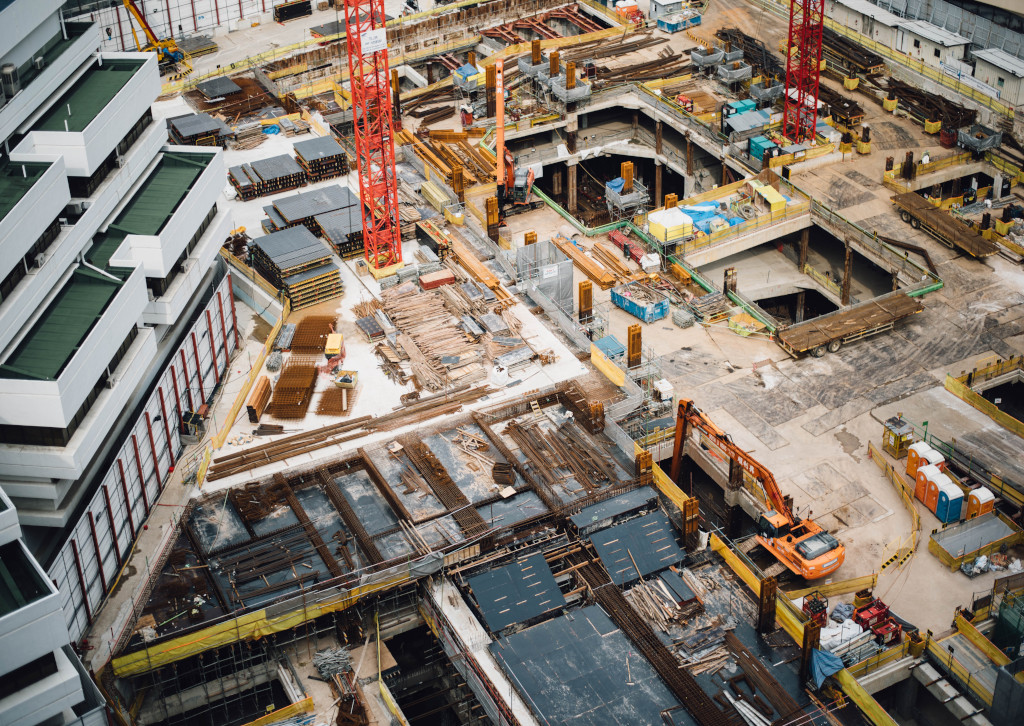
Construction is a relationship-based business.
It takes solid connections and networks to move the construction industry forward and generate success in times of great change. No one knows this better than Troy Mayner, Vice President of Scott-Long Construction. We recently spoke with Troy about the relationships he’s built through his career in construction and how they’ve helped him drive progress.
Tell us a little bit about Scott-Long Construction and what you specialize in.
Scott-Long Construction is located in Chantilly, Virginia. We provide general contracting services in, roughly, a 90-mile radius of the Chantilly area. We like to say we are a relationship company, meaning the majority of the work we want to do is with companies we have relationships with. That may be with an owner, a design team, subcontractors, etc. Whoever it is, we pride ourselves on having good relationships. We do a lot of hospital and church work, but really our driver is that we want to work with people that want to work with us.
Walk us through your career and what led you to becoming Vice President?
I graduated from Virginia Tech as a mechanical engineer. When I graduated, I started working for a small general contractor. It was essentially two other guys and me who did just about everything. Later, I moved to Whiting-Turner for about two years. Then I got a call from John Scott and interviewed with him. I’ve been at Scott-Long for a little over 15 years. I started as a project engineer and moved up to Project Manager, then Senior Project Manager, later the Director of Operations, and now the Vice President.
As construction evolves, how do you see your role changing?
The COVID-19 pandemic has driven a lot of progress, especially from the standard of communication. The way we communicate information amongst our team and the subcontractors and the owners has evolved.
That’s one of the reasons we wanted to get into using a platform that we’re able to communicate across all parties with. It’s what really drew me and Scott-Long to the Autodesk Build platform.
What project are you most proud of working on in your career?
The biggest and first major project I had with Scott-Long was Patrick Henry College. We did a student life center for them in 2008 and 2009, and I was the Project Engineer on that project. I had a great team and owner and an excellent superintendent to work with. It was a long, difficult project, but it was one that I’ll always remember. I probably gained the most construction knowledge over a short period of time by working on it. And by the end of the project, I moved up from Project Engineer to Project Manager.
We also do a lot of work with Valley Health in Winchester, Virginia. They have facilities all over Virginia and West Virginia. One of our early projects with them was the South Tower renovation which included a renovation over the top and adjacent to occupied spaces. This project required a lot of coordination between the subcontractors and the owners, shutdowns, and relocation of patients.
That was one of the main projects that we did with Valley Health that set us apart from other contractors. We’ve been out at Valley Health for the past 15+ years now.
What are the biggest challenges you face in your role?
Communication is the biggest challenge. We’re in the infancy of using the Build product. We really know the PlanGrid product, but we are at the beginning stages of using it. I would say that with the challenges with communication, there is an opportunity for us to clearly communicate and share documents amongst subcontractors or owners. That way everything is transparent across the entire team and there are no surprises for anybody.
If all that information is there, you don’t get the call from the sub saying, “Hey, I don’t have this document.” They can go on and grab it. The owner says, “Where’s this?” and they can go on and get it. It really saves you a lot of time because all the information is housed in a central location, and you don’t have to have a person there to redistribute the information that already exists.
When you think about the future, what are your plans to advance innovation and productivity at Scott-Long Construction?
It’s morphing the roles of the employees and how they operate. We’ve been discussing the right way to structure any given team internally. It really depends on the project and a lot of different things.
But with the capabilities of the platform, the automated component has already happened, removing all those task-oriented things that people do. Now your employees can focus on figuring out the construction piece of it versus spending time on the paperwork.
What advice would you give to the next generation of men and women entering and preparing for the future of the industry?
Construction has been slow to evolve. When I look at all the technology companies and what they’re doing around us, my takeaway is: don’t always go with the status quo. There’s always a better way to do things. Don’t just let someone shove the idea of “This is the way it’s always been done. This is the way you need to do it.” Don’t let that happen.
Take your freshness and look at everything with a different set of eyes. Speak up and say, “Hey, this is a better way to do it. I don’t know exactly how we get there, but this is a better way. How do we make that happen?”
Want more stories like this?
I regularly interview construction leaders to promote knowledge sharing. We cover what works, what doesn’t, and what the future holds. Check out our entire series of Behind the Build interviews, featuring some of the best in construction.
The post Behind the Build: Interview with Troy Mayner, Vice President, Scott-Long Construction appeared first on Digital Builder.
Did you miss our previous article…
https://www.arizonasolarsociety.com/?p=732
The Changing Face of Construction in the Nordics

Covid-19 has changed the way we live and work across the globe. For the construction sector in Europe, the pandemic has brought about a big shift in attitudes towards digital innovation and traditional ways of working. In this series, we explore how the Covid-19 pandemic has affected the industry in Europe and what this means for the outcomes delivered.
It’s clear that the Covid-19 pandemic has impacted – and continues to impact – each country in unique ways. As well as contending with different waves of the disease, every government has set their own regulations for construction industry activities.
For example, in Ireland non-essential construction sites remained closed throughout much of early 2021; by contrast, sites have been allowed to open in the UK, but due to self-isolation measures, some projects are now being delayed by staff shortages.
In the Nordics, construction industries have been less severely impacted by the pandemic than some other European countries. Although some people have worked remotely at times, there have been a smaller number of lockdown closures.
As a result, between February and April 2021, construction activity in Denmark and Sweden actually increased. Despite a year of challenges, by April Finnish companies had returned to pre-crisis activity levels.
In fact, construction in the Nordics is now growing rapidly, to the point of becoming overheated. Construction professionals in both Denmark and Sweden say the single biggest risk on their projects is time constraints and the need to make urgent decisions[ET1] .
Beyond the pandemic, there is change ahead. Each country has committed to taking a leading role in the global green recovery. There will be pressure to work more efficiently and deliver greener builds, prompting changes for businesses.
In such a fast-moving industry, how can Nordic construction companies improve their operations, while preparing for further changes ahead?
Winning business
Winning new business is of course a core part of construction success. But organisations in the Nordics are missing out on a key means of creating competitive advantage and winning more business – and that’s effective data management.
In most businesses, each project team decides on the processes and tools based on their specific needs. After the project, the data is rarely re-examined to gain insights and knowledge. In other words, businesses don’t have a strong learning loop – and can be liable to make the same mistakes again and again.
Implementing a common data environment and using business intelligence (BI) modules can enable organisations to gain a more holistic view of their data, in a way that’s effective and sustainable. By not only capturing, but really using, past data, organisations can find opportunities to improve, gain a competitive advantage and ultimately win more business.
Maintaining quality
Delivering quality in a construction project comes down to three things: people, processes and tools. Unfortunately, it’s clear that some employees in the Nordics need a mindset shift. In the past, it was accepted wisdom that in construction you learned by getting things wrong – and many professionals acquired their skillset in this way.
These people can be reluctant to change and act as a blocker to adopting technology. For example, 40% of Norwegian construction firms say the reason they don’t have a data strategy is a lack of support from the leadership team and wider organisation[ET2] . Changing attitudes will be key for many businesses.
Once the right people are on board, organisations must take a holistic approach to their processes and examine how they can be improved with technology. Many businesses have tended to focus on optimising individual tasks – for example, finding the best tool to support quality inspections.
But in fact, we’re now realising the value of linking all the phases of a project from ideas and design through to construction and handover. Collaborating more closely, from design to operations, will mitigate errors and improve quality – and of course, that depends on having the right digital tools.
To maintain quality, it’s vital that information can be shared and accessed in real-time, enabling teams to avoid errors and make the best decisions. Equally, it’s important to ensure that tools aren’t siloed – or the data will be too.
Finally, remember slowing down can be faster. It can be difficult given the frenetic pace of construction right now. Nonetheless, taking the time to follow quality control processes in full will save issues down the line, and there are digital tools to help teams do this more efficiently.
Managing costs
When it comes to finishing on budget, preparation is 80% of the work. However, when time is tight, organisations often rush to get underway before all the decisions and planning are complete. This is not an effective way to mitigate risk and manage costs; decisions made in earlier phases will have a long-lasting impact, and the later changes are made, the bigger the costs will be.
For example, think of Storebæltsbroen, a Danish bridge constructed using concrete and steel elements in the 1990s. The original design team estimated lifespans for each concrete element based on the predicted level of bridge traffic.
But ultimately, the bridge proved much more popular than predicted, lowering the lifespan of the concrete. By failing to consider operations, the team had missed the opportunity to design elements that could be easily replaced, which could have saved millions in future maintenance costs. Giving every stakeholder enough time to plan will significantly improve the process – and reduce costs for everyone involved.
Owners especially need to take a holistic view of their assets. As they will be responsible for managing the building long after the handover, owners should take responsibility for project data from the beginning of the project. This will lead to cost-savings over many years.
Optimising schedules
Given the very high levels of demand in Nordic construction right now, finishing on schedule – and working as efficiently as possible – is essential. Again, this starts with good planning. During the preconstruction phase, organisations should focus on the critical components that will make up most of the build and consider all the constraints that will apply.
Once the project is underway, the schedule should be updated in real time. Currently some organisations work on a weekly basis – but by the time changes are made, you might already be four days behind.
This is an even bigger issue if data related to the plan is split across multiple locations: for example, the schedule in MS Project, the budget in an Excel spreadsheet and the contractors in a resource management tool. Simply keeping everyone up to date with accurate information will take significant resource – and it will be easy to make errors.
Digital tools can enable teams to integrate their processes and data. Project managers can then visualise the impact of any changes across the whole project, making adjustments and sharing updates instantly. This can help Nordic construction firms to optimise their schedules in a very busy period.
Health, safety and the environment
Health and safety have formed a mandatory part of projects for many years – and new regulations are constantly being introduced to set higher standards. However, there is a tendency in construction firms to view these requirements as an inconvenient time-drain, particularly when schedules are tight. People filling in checklists on-site might question the value of these activities or rush to complete them.
We need to reconsider our approach to health and safety, to instead view these activities as a worthy time investment. By completing checks upfront, organisations can ensure the proper protections are in place – avoiding incidents, injuries and of course the counterproductive time delays that will result on the project. Likewise, these processes can capture errors that would otherwise cause issues and costs later in the project.
Importantly, digital tools can help checks to be completed more efficiently, as well as supporting collaboration – as the faster the communication between the relevant parties, the faster the error can be rectified.
All of this can contribute to a real mindset shift in construction. People who feel safe about where they work will be more engaged and productive. Altogether, we should consider health and safety as a means of being more efficient and effective in Nordic construction.
Looking ahead to greater integration
As Nordic construction businesses look to the future, getting the right people, processes and tools in place – not only within your organisation, but together with your collaborators – will be crucial. Organisations have been forward-thinking in their adoption of digital tools, but approaches have often been siloed and limited to a single function.
Relying on standalone solutions will prevent firms from winning business in the future. It’s only by using integrated platforms, that automate processes and fully leverage data, that organisations will be able to save time and money, capture errors before they occur and ultimately gain the competitive edge they need.
Now, it’s time to create integrated processes that will improve your business and support your project partners. This will enable you to make decisions based on real-time information and learn from past data. And remember, if digital technologies are used correctly, it isn’t a cost – it’s a means of enabling everyone in the industry to improve.
Learn more about connecting workflows, teams and data at every stage of the construction processes with Autodesk Construction Cloud here, or reach out to me directly.
Click here to read the European version of the FMI report.
The post The Changing Face of Construction in the Nordics appeared first on Digital Builder.
5 Construction KPIs & How to Dramatically Improve Outcomes
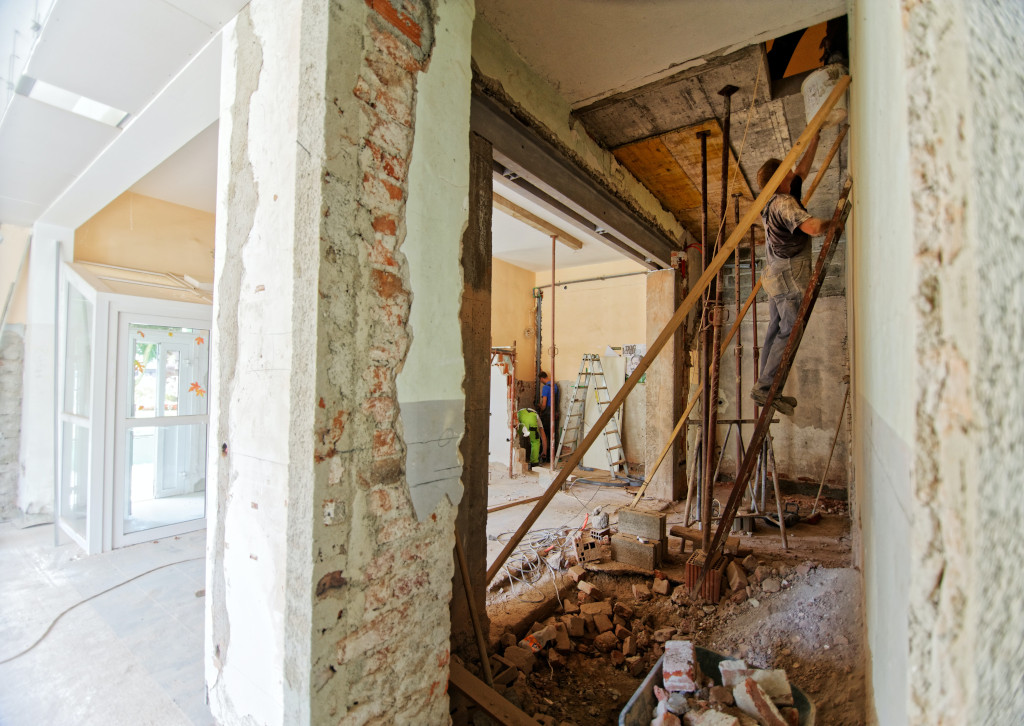
Being successful in construction isn’t just about a finished project. While completion is certainly important, the outcomes that you achieve during and after the project also matter a great deal.
Five essential construction KPIs to focus on improving are winning more business, minimizing costs, maximizing quality, optimizing project schedules, as well as promoting health, safety, and sustainability. Effectively delivering on these KPIs will result in short- and long-term success for everyone involved, which is why construction pros should strive to achieve them.
Our latest ebook, How Digitally Connecting Workflows Dramatically Improves 5 Key Construction KPIs, discusses how you can improve these KPIs by digitally connecting construction workflows. Download it for free.
DOWNLOAD FREE EBOOK
Essential Construction KPIs
1. Winning business
Many contractors want to win more business, and in today’s modern landscape, connected construction technology is one of the best tools you can have to achieve this outcome. When your workflows and systems are tightly integrated, you’re able to automate various tasks and be more efficient with your bids.
It also paves the way for better stakeholder engagement and collaboration. Connected construction technology keeps everyone on the same page, reducing issues with miscommunication.
In addition, a connected construction platform makes data more accessible. Information from different projects can be stored on one platform, so it’s easier to surface insights and analyze trends. This, in turn, can give you the information you need to make smarter bidding decisions.
2. Cost
Maintaining cost-effectiveness in projects is critical to success. Unfortunately, the majority of construction pros regularly run into cost-related issues. Research by Dodge and Autodesk found that 66% of general contractors incur additional costs from overtime and second shifts on at least three-quarters of their projects.
Connected construction helps solve budget issues for contractors in a number of ways. A robust platform can provide detailed reporting, allowing you to produce accurate forecasts, obtain better cost controls, and improve subcontractor qualification.
Not to mention, the enhanced collaboration between all parties greatly reduces inefficiencies and helps stakeholders resolve problems quickly.
As Michael Shurgalla, CADD Manager at Moffatt & Nichol, points out, “Connected construction allows teams to identify and resolve issues promptly, which significantly impacts costs before they appear.”
3. Quality
Quality issues lead to rework, which is a major headache for contractors.
Here’s the thing, though: many of the issues that cause rework are actually preventable. According to the Autodesk and FMI report, Construction Disconnected, 52% of rework was caused by poor project data and miscommunication.
Connected construction addresses these problems by bringing together various project workflows, ultimately reducing or even eliminating rework.
What’s more, connected construction technology makes design reviews much more streamlined, thus helping stakeholders spot and prevent constructability issues before they lead to rework problems down the line.
4. Schedule
Connected construction can also keep teams and projects right on schedule.
When your tools and workflows are integrated, it’s easier to view the project timeline and determine what needs to happen and when. Armed with this information, contractors are able to spot opportunities and risks so they can optimize the project schedule accordingly.
Plus, having the right data at your fingertips allows for more efficient resource allocation, so you always have the necessary resources at the appropriate time.
5. Health, safety, and the environment
With connected construction, you can have safer and more sustainable projects.
Integrated workflows and better communication between different parties promote a stronger safety culture in the workplace. Having better access to data also improves visibility when it comes to risks and hazards, so you can prevent safety issues on-site.
In terms of being environment-friendly, a connected construction platform makes it easier to source materials sustainably and ethically, enabling contractors to obtain the resources they need with the environment in mind.
Download the ebook for free
We dive deeper into these construction outcomes in our new ebook, How Digitally Connecting Workflows Dramatically Improves 5 Key Construction KPIs. Download it today to start improving your performance and results.
DOWNLOAD NOW
The post 5 Construction KPIs & How to Dramatically Improve Outcomes appeared first on Digital Builder.